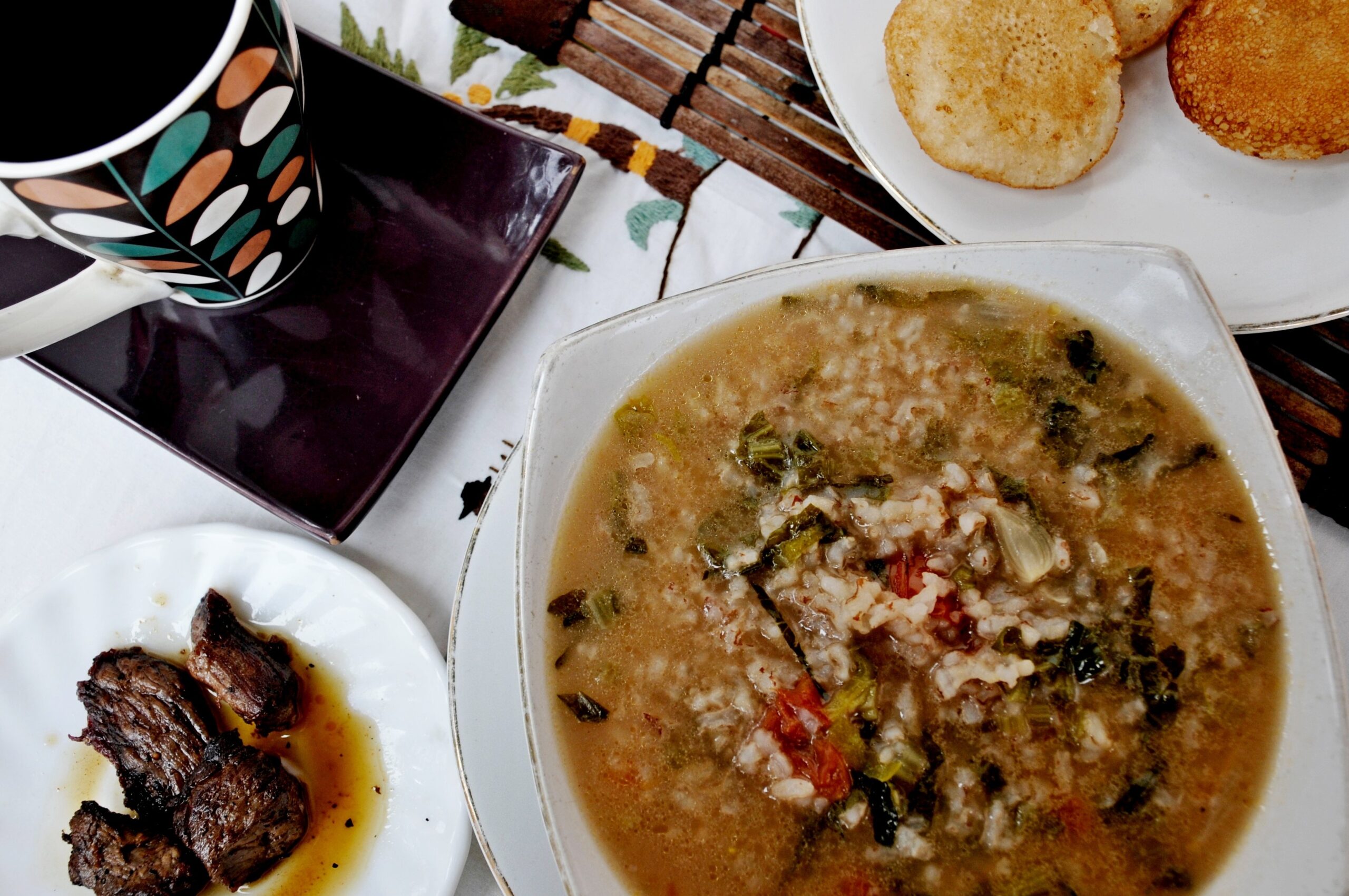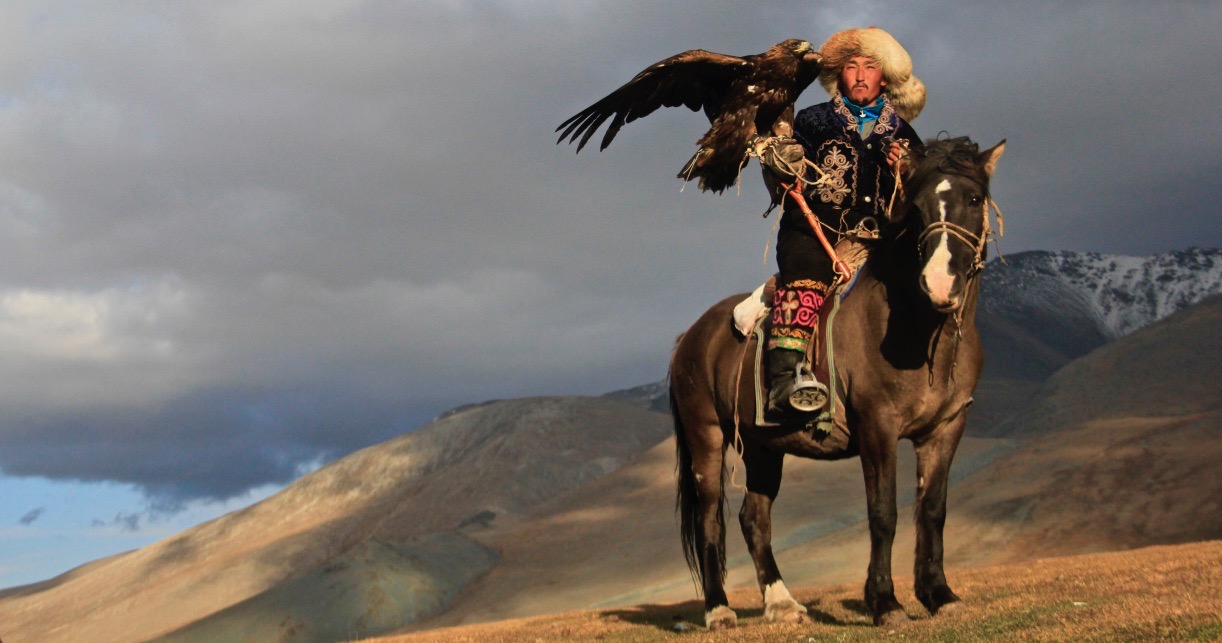The world’s remote islands are home to some of the most exotic and visually stunning birds on the planet. These unique species often develop vibrant plumage and fascinating behaviors, thriving in isolated habitats far from human disturbance. From dazzling colors to intricate feather patterns, these birds captivate anyone lucky enough to see them in the wild. Many of them are rare and vulnerable, making their preservation crucial for biodiversity. Exploring these birds not only reveals nature’s artistic beauty but also underscores the importance of protecting their remote, delicate ecosystems.
Victoria Crowned Pigeon (Papua New Guinea)
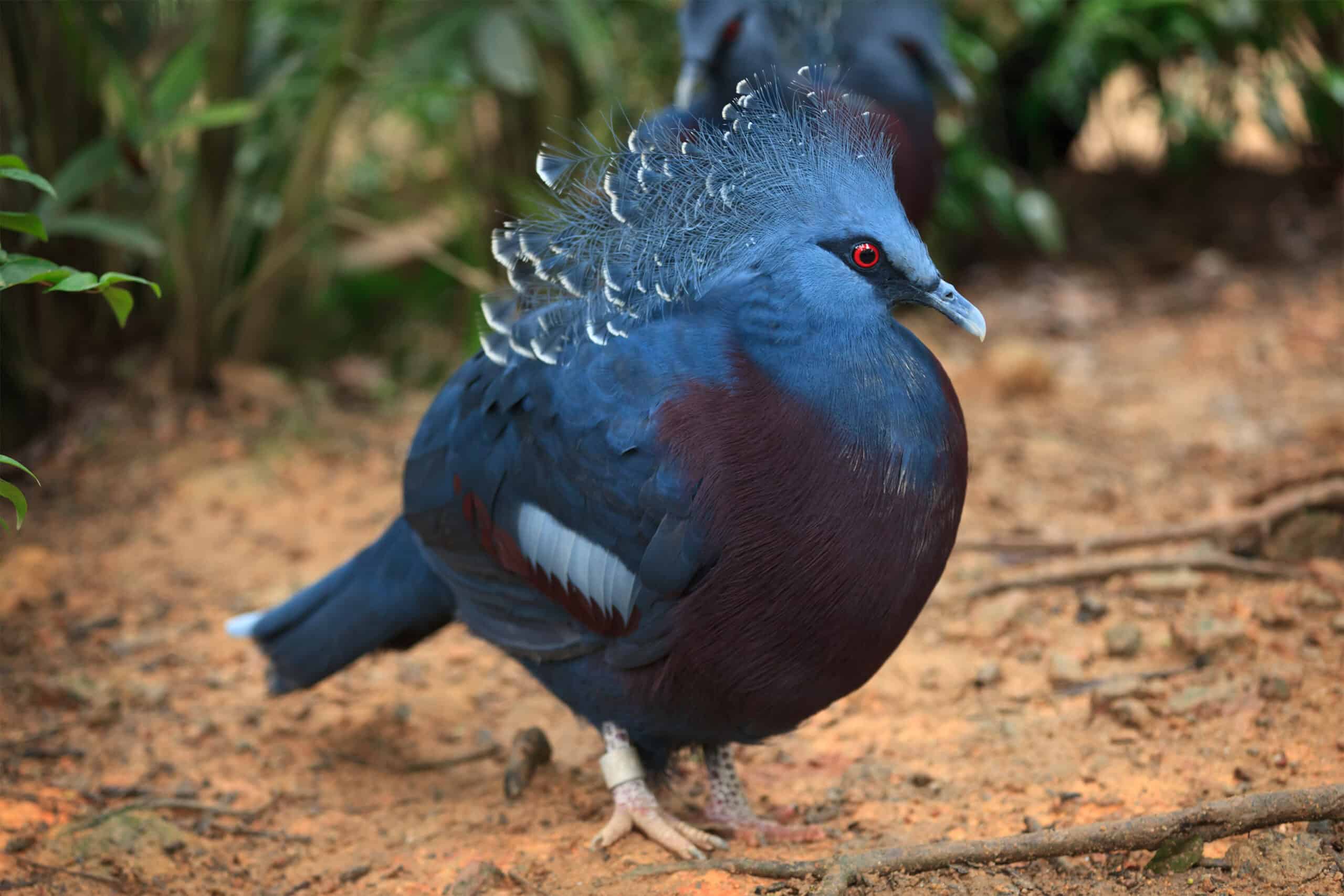
The Victoria Crowned Pigeon is a majestic bird native to the lowland rainforests of New Guinea. Its striking blue-gray plumage is accentuated by a fan-like crest of white-tipped feathers, giving it a regal appearance. This bird’s deep red eyes and maroon chest add to its striking beauty. Found mostly on the forest floor, it forages for fruits, seeds, and insects. Despite its large size, it flies gracefully when necessary, but it prefers walking. Its distinctive call resembles a low-pitched “boom,” echoing through the dense forest.
Wilson’s Bird-of-Paradise (Indonesia)
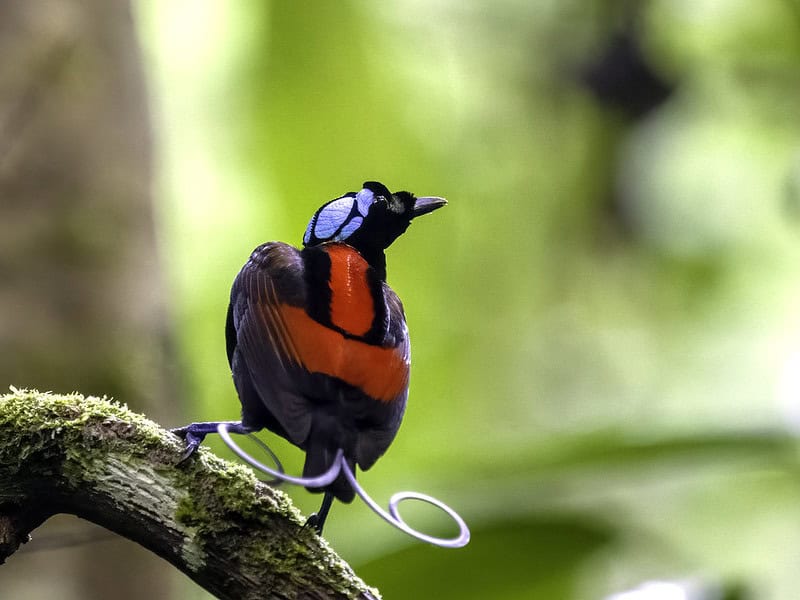
Endemic to the islands of Indonesia’s Raja Ampat, Wilson’s Bird-of-Paradise is a feast for the eyes. Its male displays vibrant colors, including a scarlet back, a turquoise crown, and a golden cape, all designed to attract a mate. The bird’s spiral tail feathers are equally mesmerizing, creating a visual spectacle during courtship displays. Females, while less colorful, have a unique elegance with their muted brown plumage. Found in lowland rainforests, this bird’s elaborate dances are a rare sight. Its captivating beauty makes it a prized species among birdwatchers.
Red-tailed Tropicbird (Indian and Pacific Oceans)
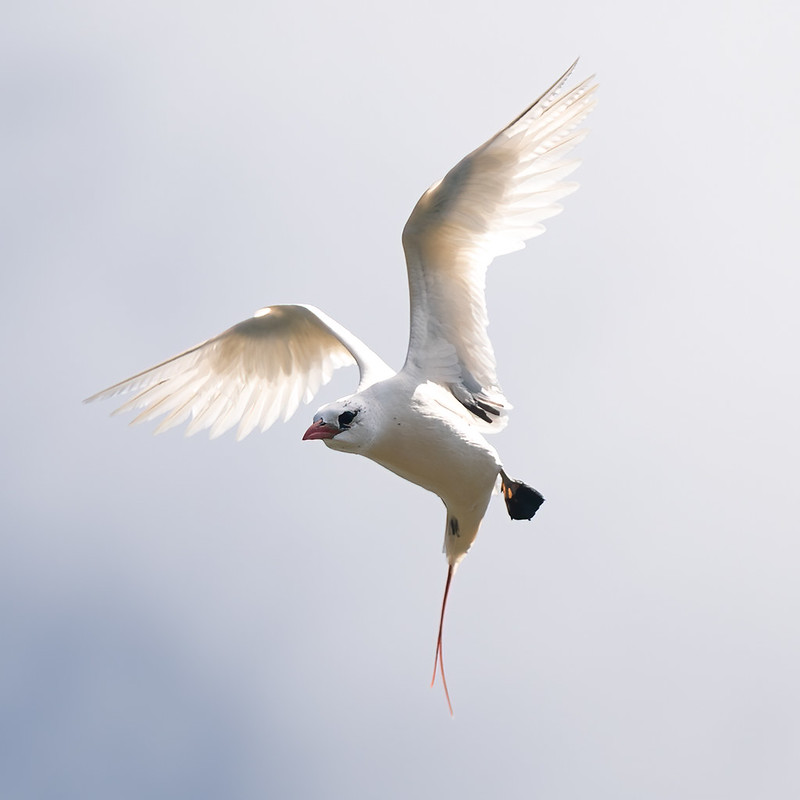
Graceful and elegant, the Red-tailed Tropicbird is known for its striking white plumage paired with long, thin red tail feathers. It can be found on remote islands across the Indian and Pacific Oceans, where it nests on isolated cliffs and rocky outcrops. Its elongated wings and aerial acrobatics allow it to glide effortlessly above the ocean. The bird’s black eye markings contrast vividly against its white feathers, giving it an exotic allure. Feeding primarily on fish and squid, it is often seen diving into the sea with great precision. Despite spending most of its life at sea, it returns to land only to breed.
Kakapo (New Zealand)
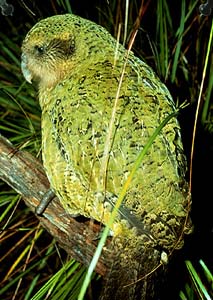
One of the rarest parrots in the world, the Kakapo, is native to New Zealand. It is a large, flightless bird with moss-green feathers speckled with brown and yellow, perfect for blending into its forest habitat. With a robust and sturdy build, it has evolved to become nocturnal, relying on its strong legs for movement. The Kakapo’s face is framed by soft, owl-like feathers, giving it a peculiar yet endearing look. Although it is unable to fly, it is a skilled climber and uses its beak to assist in maneuvering through trees. Conservation efforts have been crucial in preventing its extinction.
Rainbow Lorikeet (Australia and Nearby Islands)
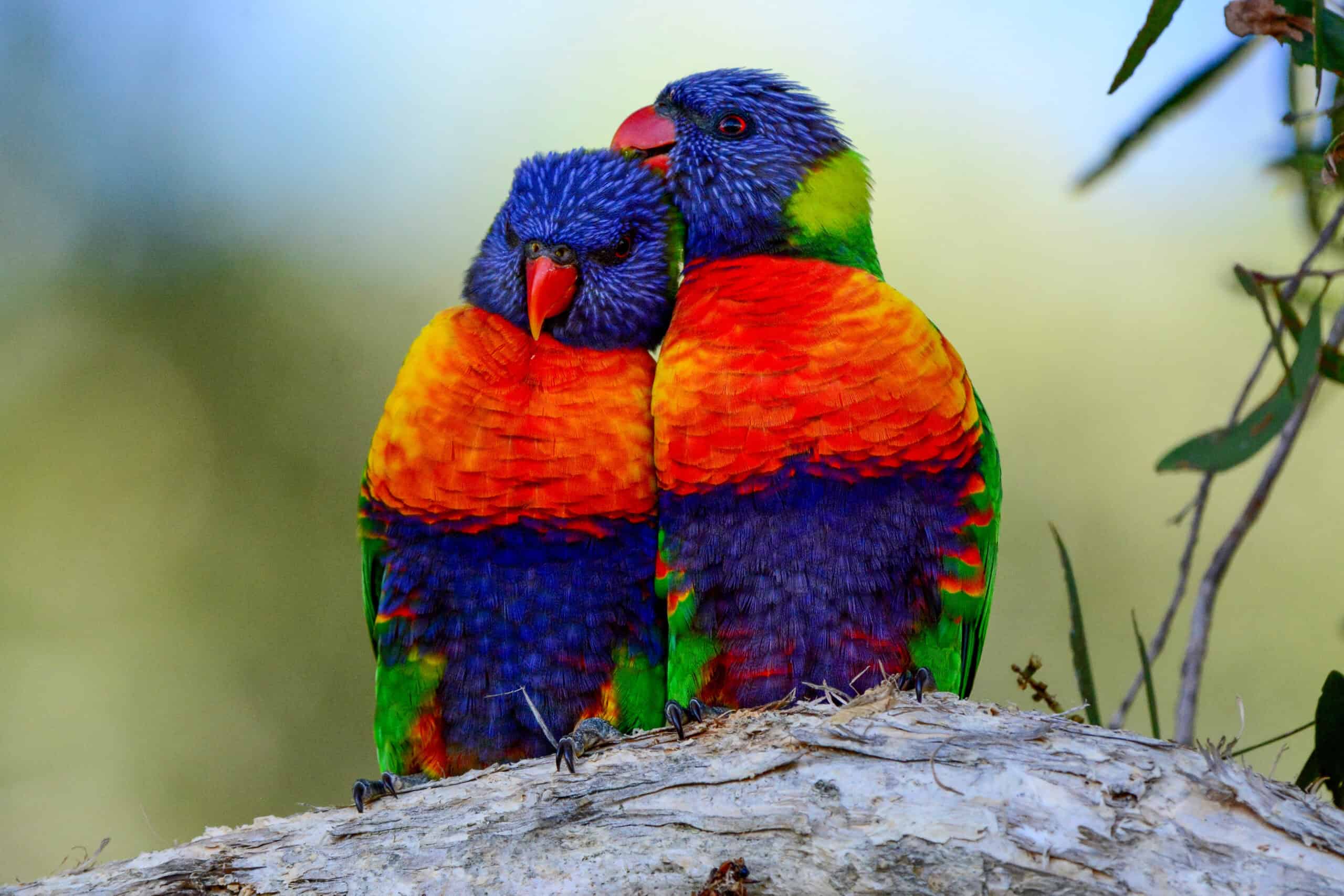
The Rainbow Lorikeet’s name is well-earned, with its brilliant plumage displaying nearly every color of the spectrum. Native to the rainforests of Australia and surrounding islands, this bird is an explosion of vibrant hues, including electric blue, vivid green, and fiery orange. Known for its playful nature, the Rainbow Lorikeet can often be seen flitting between treetops in search of nectar and fruit. Its acrobatic flight and inquisitive behavior make it a delight to observe in the wild. Social by nature, it forms large, noisy flocks that are hard to miss. Their brush-tipped tongues allow them to feed efficiently on flowers and fruits.
White Tern (Tropical Pacific Islands)
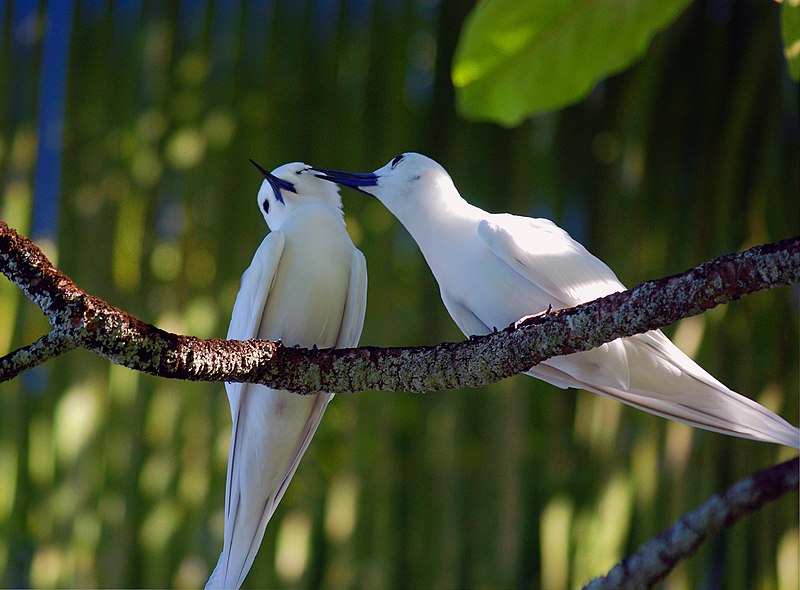
The White Tern, often called the “Fairy Tern,” is a striking bird found on tropical islands across the Pacific. Its all-white plumage, contrasted with large, dark eyes and a slender black beak, gives it a delicate and ethereal appearance. Unlike many birds, it does not build a traditional nest but instead lays its eggs on bare branches or rocks. This unusual nesting habit highlights the bird’s remarkable balance and agility. Its fluttering, butterfly-like flight is mesmerizing to watch as it soars over the ocean in search of fish. The White Tern’s serene beauty is a perfect complement to its tranquil island habitat.
Blue Lorikeet (French Polynesia)
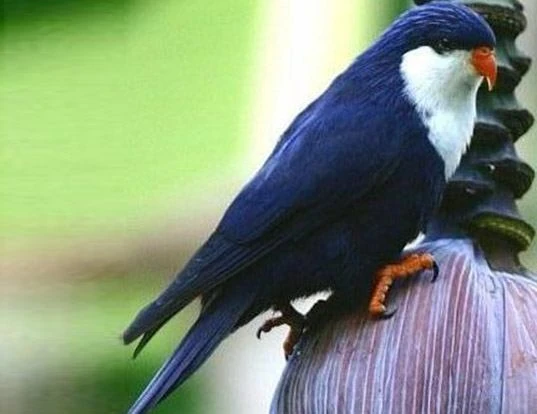
Endemic to the small islands of French Polynesia, the Blue Lorikeet is a stunningly vibrant bird. Its bright cobalt-blue feathers are offset by white cheeks and a splash of red on its beak, creating a visually striking contrast. Preferring the dense forests and coastal areas, this bird is an adept flyer, darting through trees in search of nectar and fruits. The Blue Lorikeet’s playful and social nature means it is often found in pairs or small flocks. Conservation efforts are in place to protect this beautiful species, as its habitat faces threats from invasive predators. Its charming personality and striking appearance make it a favorite among bird lovers.
Superb Fairywren (Australia)
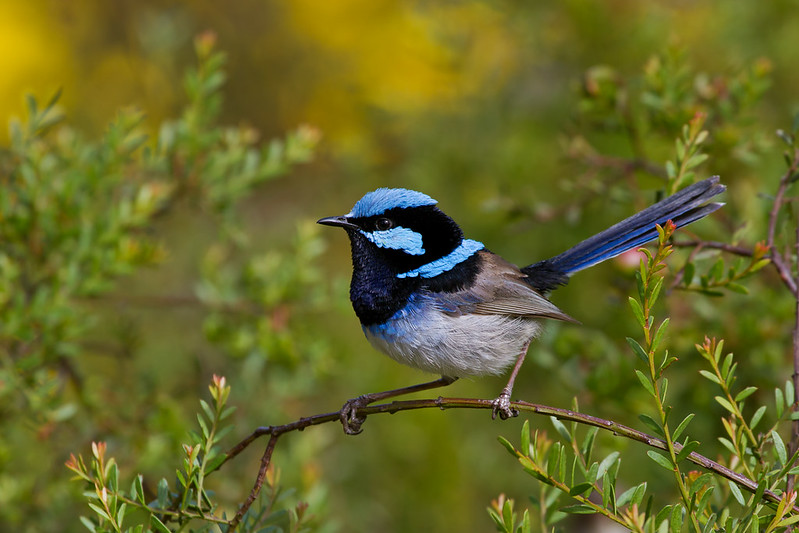
The Superb Fairywren, with its vivid blue and black plumage, is one of Australia’s most admired songbirds. The males are especially colorful during the breeding season, with electric blue feathers adorning their heads and backs. Females, though more muted with brown tones, are equally graceful. Known for their agility, these birds hop and flit through dense undergrowth, constantly foraging for insects. Their chirpy and melodic songs are a common sound in the Australian wilderness. Though small, their bold coloring and cheerful demeanor make them impossible to miss.
Tuamotu Sandpiper (Tuamotu Archipelago)
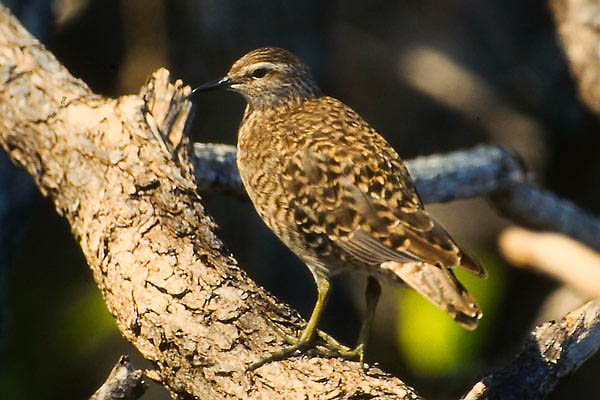
The Tuamotu Sandpiper, a rare wader bird native to the Tuamotu Archipelago, has a unique pattern of streaked brown and white feathers. It’s one of the few shorebirds that have adapted to life on coral atolls, often seen foraging along sandy beaches and shallow lagoons. This bird’s cryptic plumage helps it blend seamlessly with its surroundings, protecting it from predators. Unlike other sandpipers, it tends to be less migratory, staying close to its island home year-round. Its diet consists of small invertebrates, which it skillfully plucks from the ground. Due to its limited range, it remains a highly protected species.
Seychelles Black Parrot (Seychelles)
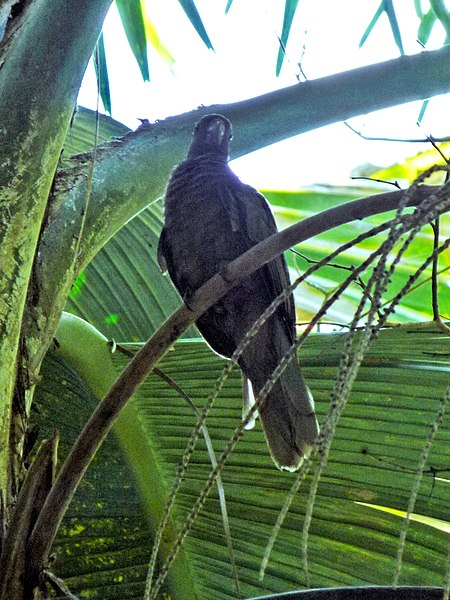
The Seychelles Black Parrot is an elegant and rare parrot species, found only in the mist-laden forests of Praslin Island in Seychelles. Its subtle yet beautiful charcoal-gray plumage has a slight sheen that appears almost metallic under the sunlight. This bird is often heard before it’s seen, thanks to its loud and piercing calls. It feeds primarily on fruits, nuts, and seeds, foraging high up in the forest canopy. Due to habitat destruction and introduced predators, the Black Parrot’s numbers have dwindled, making conservation efforts critical. Its elusive nature and limited habitat range make sightings of this bird a special event.
Christmas Island Frigatebird (Indian Ocean)
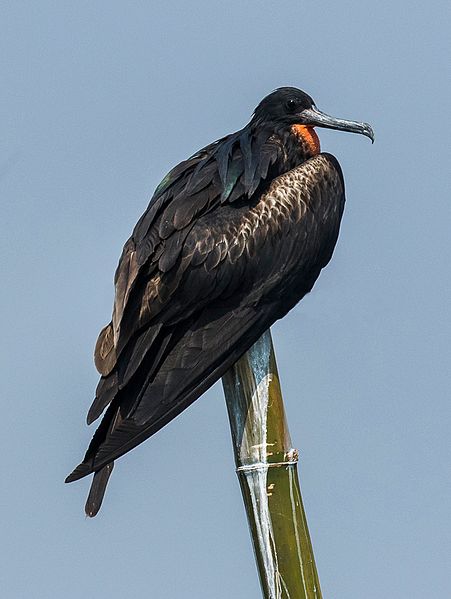
The Christmas Island Frigatebird, with its striking black and white plumage and long, forked tail, is a stunning bird found only on Christmas Island. Males possess a distinctive red throat pouch, which they inflate during the breeding season to attract females. Their slender wings allow them to glide effortlessly for hours over the ocean, scanning for fish. Although they rarely land on water, these birds are skillful aerial hunters, often snatching prey directly from the surface or stealing food from other seabirds. The species is critically endangered due to habitat destruction, but conservation efforts are in place to protect its nesting grounds.
Pink Pigeon (Mauritius)
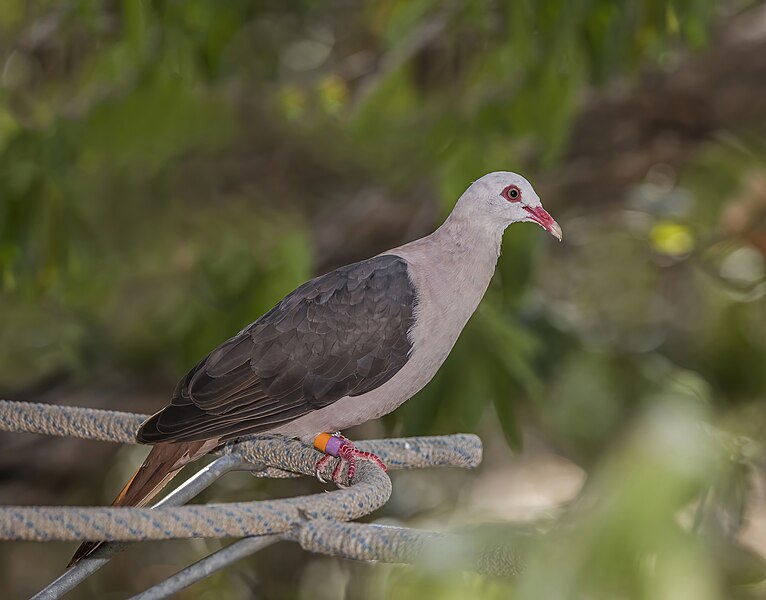
Endemic to Mauritius, the Pink Pigeon is a striking species with soft pink feathers, contrasting sharply with its reddish-brown tail and black wingtips. Once on the brink of extinction, this bird has become a symbol of successful conservation efforts. Preferring dense forests, the Pink Pigeon feeds on native fruits, seeds, and flowers. Its gentle cooing and distinctive pink hue make it easy to spot among the greenery. The bird’s resilience in the face of habitat loss has made it a celebrated conservation success story. Though still vulnerable, ongoing efforts continue to ensure its survival in the wild.
Nicobar Pigeon (Nicobar Islands)
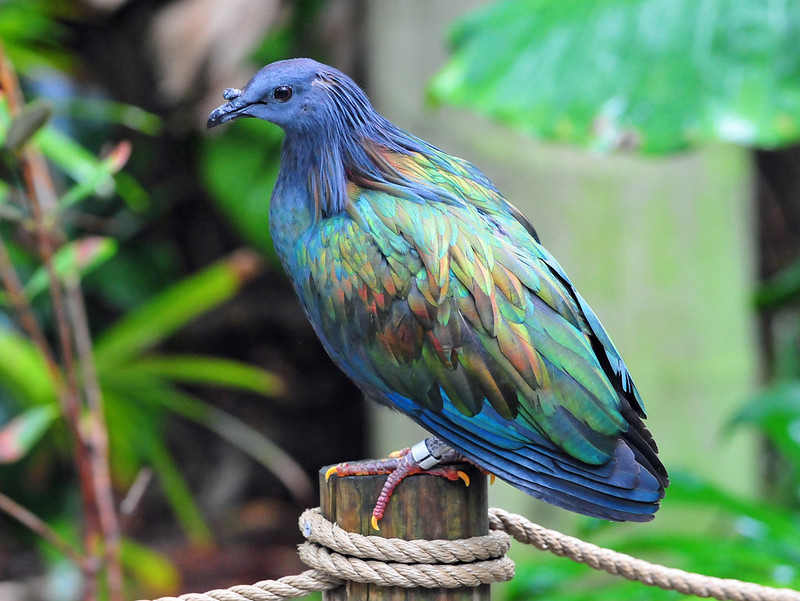
The Nicobar Pigeon, native to the remote Nicobar Islands, is a bird of dazzling iridescence. Its plumage glistens with shades of metallic green, blue, and copper, while its white tail offers a striking contrast. This pigeon is one of the closest living relatives of the extinct dodo, which adds to its allure. It’s a ground-dweller, preferring to forage for seeds, fruits, and small invertebrates. When threatened, it takes to the air in swift, powerful bursts of flight. Despite its beauty, the Nicobar Pigeon faces threats from habitat loss and hunting, making it a species of conservation concern.
Golden Parakeet (Brazil)
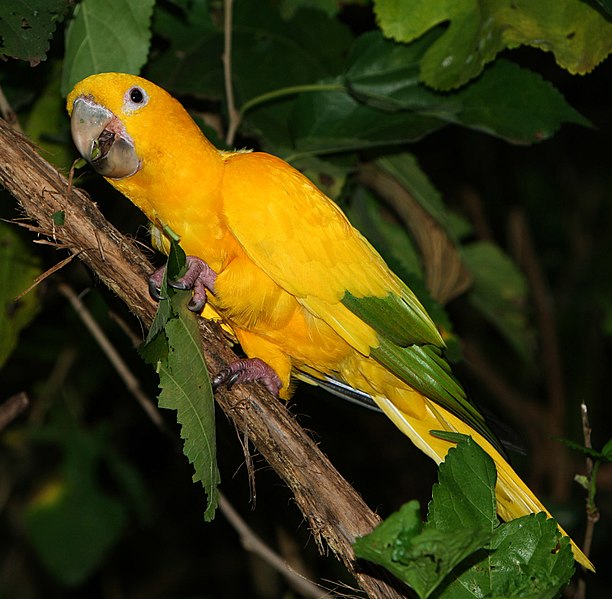
The Golden Parakeet, found in the lush rainforests of northern Brazil, is as dazzling as its name suggests. Its brilliant yellow feathers, accented with touches of green on its wings, make it a true standout in the wild. These social birds are highly intelligent and often seen in flocks, communicating with one another through a variety of vocalizations. They are primarily fruit eaters, with a preference for mangoes and guavas. Unfortunately, deforestation and illegal pet trade have threatened their populations. Efforts are underway to protect this vibrant species and its rapidly disappearing habitat.
White-capped Fruit Dove (Pacific Islands)
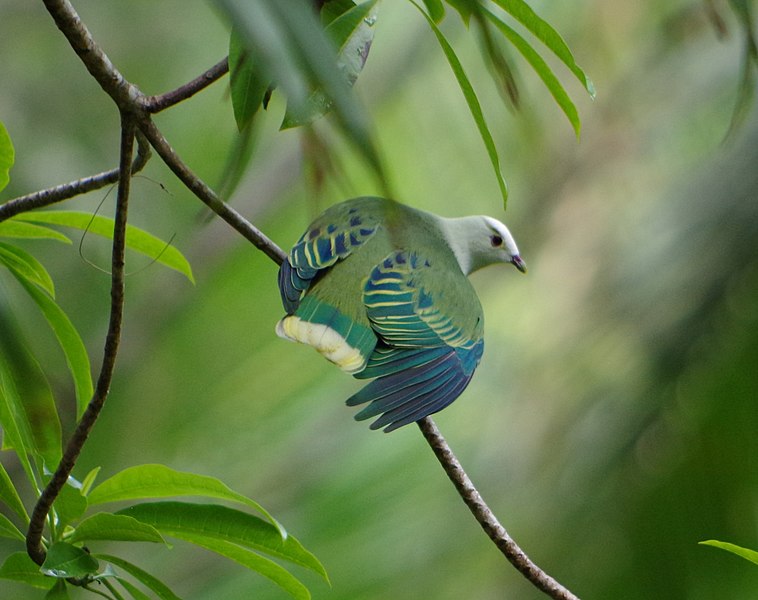
Residing in the forests of the Pacific Islands, the White-capped Fruit Dove is a bird of remarkable beauty. Its emerald green body contrasts with its snowy white head, creating a striking visual. Found on small, isolated islands, it forages in the treetops for fruits, especially figs. The White-capped Fruit Dove is known for its soft, cooing calls that echo through the forest. Though often elusive, its vibrant colors make it a sought-after sight for birdwatchers. Conservation efforts are crucial to protecting its limited habitats from deforestation and invasive species.
Black-crowned Pitta (Borneo)
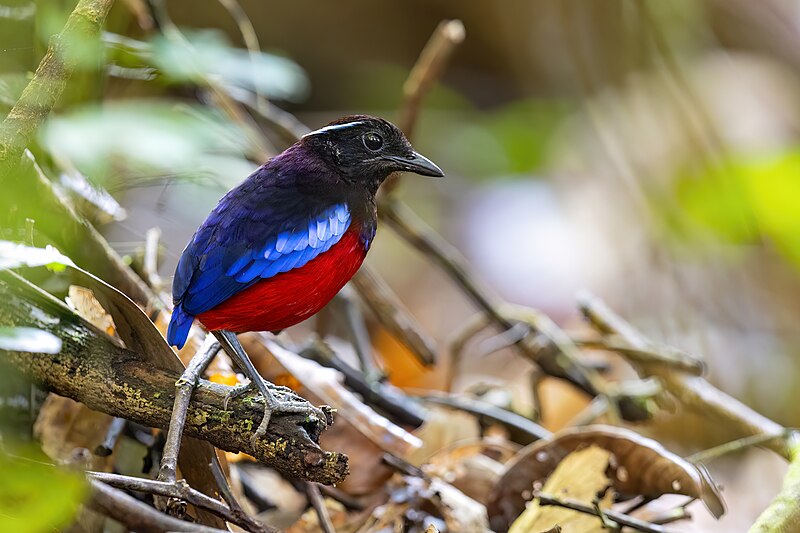
Hidden in the dense rainforests of Borneo, the Black-crowned Pitta is a stunning bird with an iridescent plumage. Its deep black crown contrasts with the brilliant blue and green on its wings, making it a striking sight in the undergrowth. This shy and elusive bird is often heard before it is seen, thanks to its melodious calls. Foraging on the forest floor, it primarily feeds on insects and small invertebrates. The Black-crowned Pitta’s limited range makes it vulnerable to habitat destruction. Its beauty and rarity make it a prized find for birdwatchers exploring the island’s rich biodiversity.
Madagascar Red Fody (Madagascar)
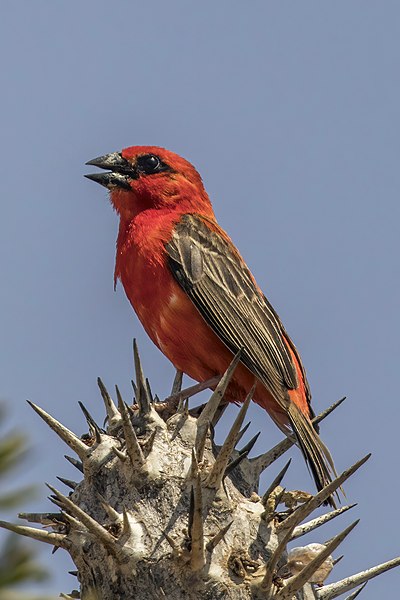
The Madagascar Red Fody is a striking bird found in the forests and grasslands of Madagascar. During the breeding season, males don a brilliant red plumage, with contrasting black facial markings, making them easily recognizable. Outside of this period, both males and females are more muted in color, blending into their surroundings. These birds are highly social and often seen in large flocks, foraging for seeds and insects. Their adaptability allows them to thrive in various habitats, from coastal areas to farmlands. Although common, the vivid transformation of the males during mating season makes them a favorite among bird enthusiasts.
Raggiana Bird-of-Paradise (Papua New Guinea)
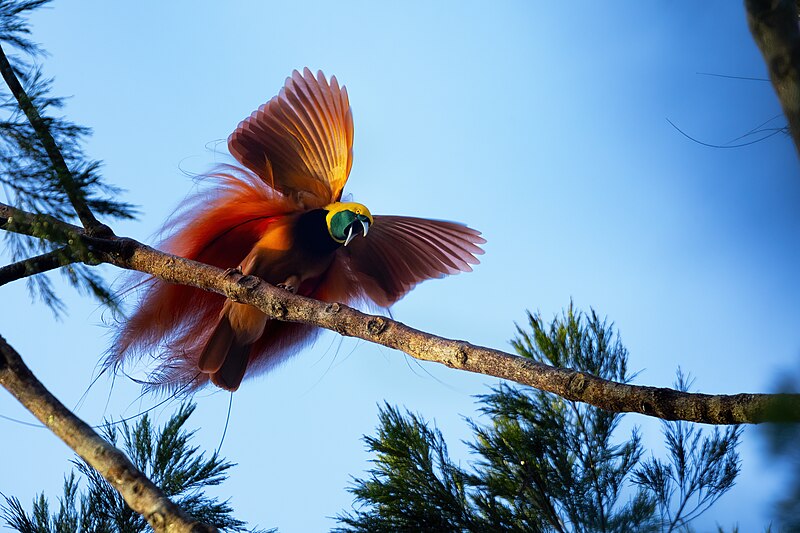
The Raggiana Bird-of-Paradise, known for its extravagant courtship displays, is a true marvel of Papua New Guinea’s forests. Males are adorned with long, flowing red and orange plumes that they showcase during elaborate dances to attract mates. These displays, combined with their vibrant coloration, make them a sight to behold. Females, while less colorful, play a crucial role in selecting the most visually stunning males. Their habitat in the dense rainforests provides ample opportunities for feeding on fruits and insects. Unfortunately, deforestation threatens their habitats, putting conservation efforts into focus.
Orange Dove (Fiji)
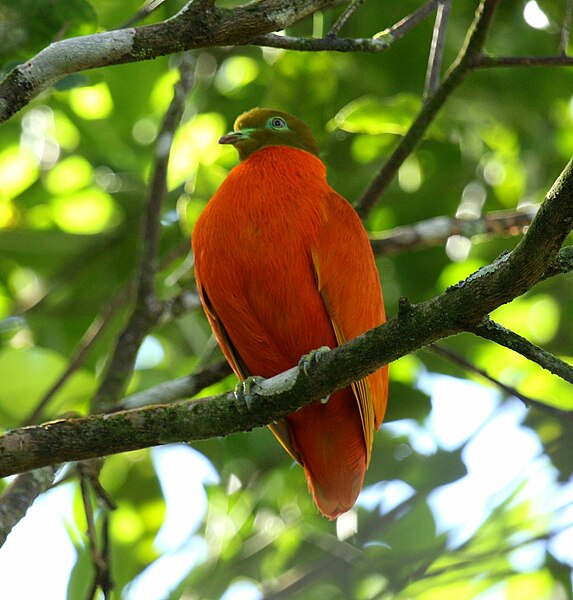
The Orange Dove, native to Fiji’s tropical forests, is a radiant bird that dazzles with its brilliant orange feathers. The males, in particular, stand out with their vibrant hues, while females are more subdued with olive-green plumage. These birds are shy and prefer the safety of dense forest canopies, where they feed on fruits and insects. Their soft cooing calls are often the only indication of their presence in the wild. The Orange Dove’s striking appearance has made it a symbol of the island’s biodiversity. Conservation programs are essential to ensure its continued survival in the face of habitat loss.
Great Bowerbird (Australia and New Guinea)
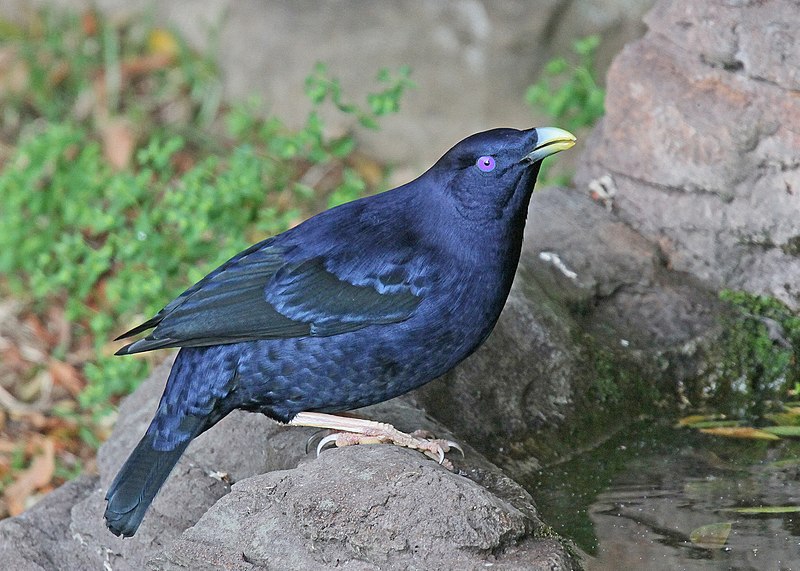
The Great Bowerbird is known not only for its ash-gray plumage but also for its elaborate courtship behavior. Males build intricate bowers decorated with shells, bones, and brightly colored objects to attract females. These structures are a marvel of avian architecture, designed to showcase the male’s ingenuity and attract a mate. Though not as brightly colored as some other species, their iridescent plumage shimmers in sunlight, revealing hidden hues. Found in the arid regions of Australia and New Guinea, these birds are masters of adaptation. Their unique behaviors make them a favorite subject of bird enthusiasts and researchers alike.
This article originally appeared on Rarest.org.
More From Rarest.Org
The world is full of culinary treasures, with some of the most unique flavors found in the most remote places. Isolated regions, shaped by geography and climate, often have cuisines that are truly one of a kind. Read more.
Remote mountain communities are home to some of the world’s most unusual and ancient traditions. These customs, shaped by isolation and unique landscapes, are deeply rooted in culture and history. Read more.
When it comes to racing history, certain cars often steal the spotlight. However, some lesser-known gems quietly reigned on the track with impressive performances. Read more.

